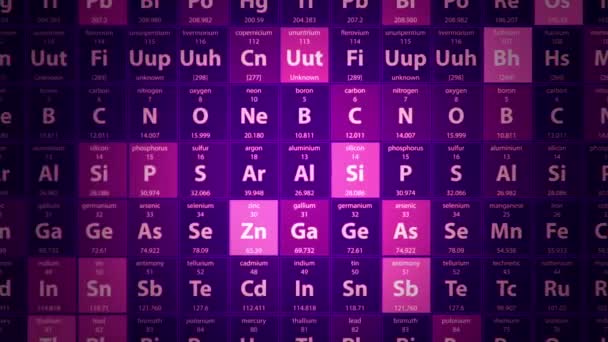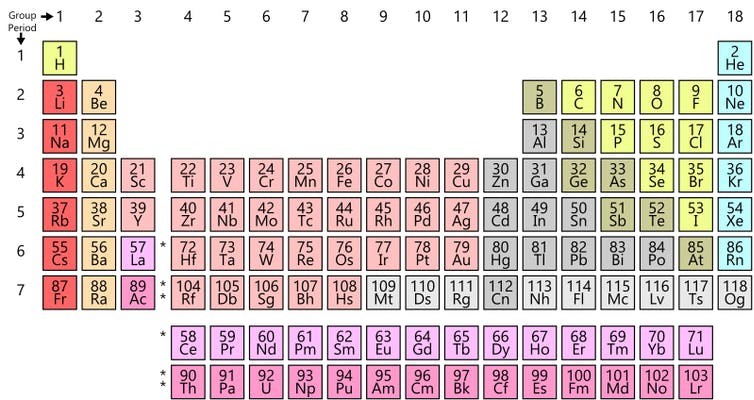The familiar-looking periodic table we all studied in chemistry in school celebrated its 150th anniversary in 2019. It seems 2019 was the best year for the periodic table as well with 2020 bringing bad news for it as scientists have proposed a new periodic table that seems to be more useful than the existing one.
That periodic table was created back in 1869 by Dmitri Mendeleev and it is one of the most significant achievements in science, capturing the essence not only of chemistry but also of physics, medicine, earth sciences, and biology.
You can see thousands of different versions of the periodic table ranging from spiral versions to simple lists but what made Mendeleev’s version so popular was the fact that he used an element’s atomic number to group them together and it showed that the grouped elements exhibited similar properties. People tried making more periodic tables using the number of electrons, neutrons, or a combination of both for newer tables but they all lacked something fundamental – similar behavior in different properties.
The new periodic table proposed by Zahed Allahyari and Artem Oganov using something called the Mendeleev Number (MN). Latest studies use a combination of two fundamental quantities to derive MN; an element’s atomic radius and a property called electronegativity which describes how strongly an atom attracts electrons to itself.
This approach groups together elements that can form binary compounds like Na and CL can make NaCl. It can help to predict the properties of binary compounds that haven’t been made yet. I’m not a chemist so you might derive more information from this approach. Nevertheless, it will be useful in the search for new materials without needing to test them physically.
Image Source: TheConversation













